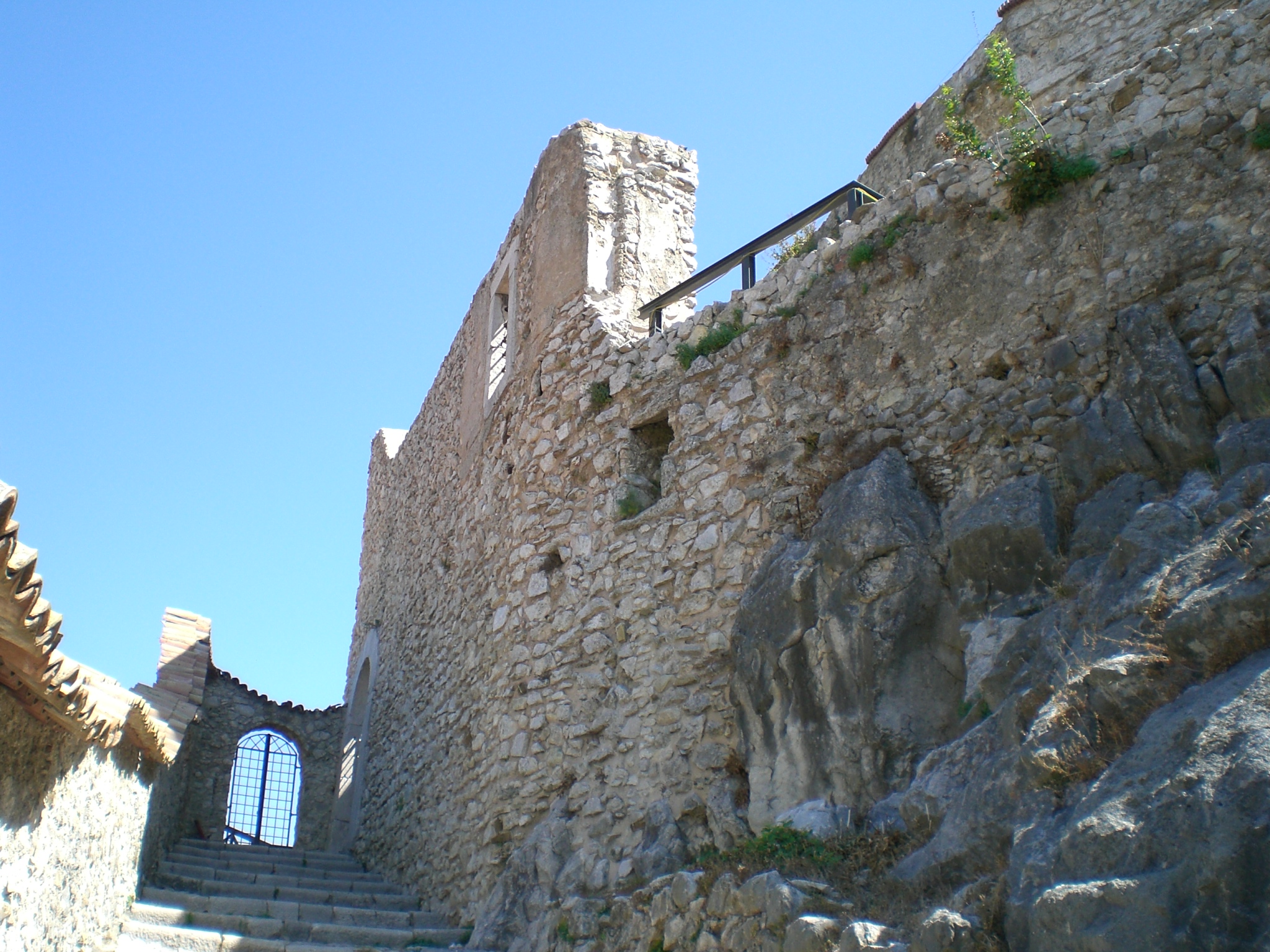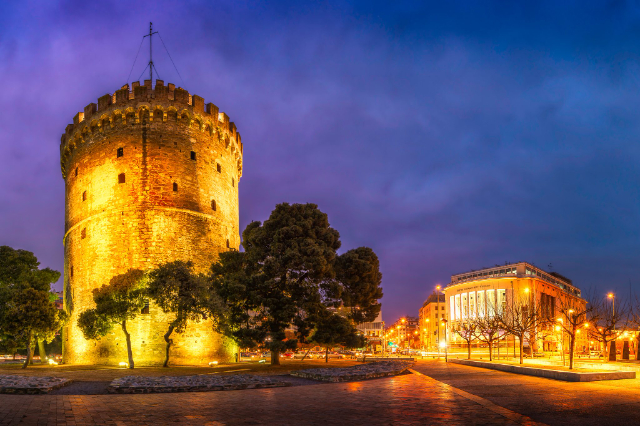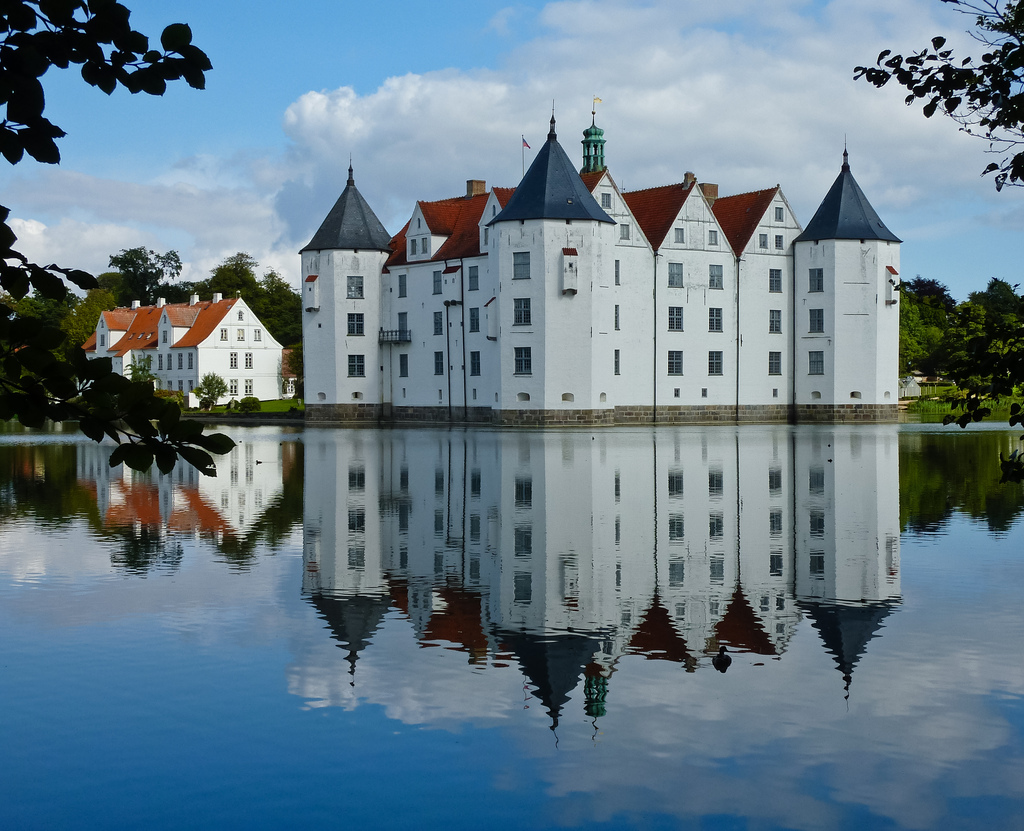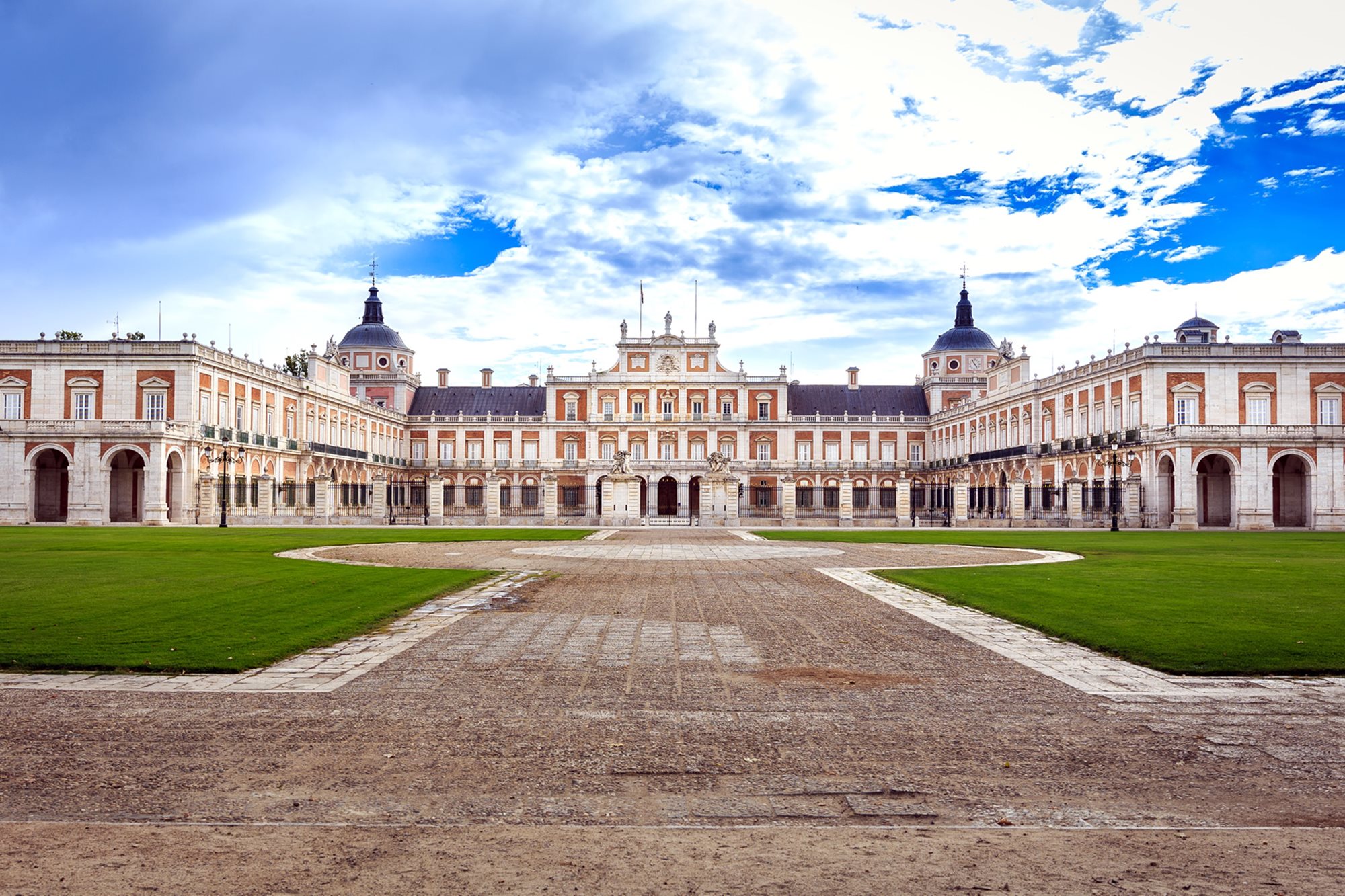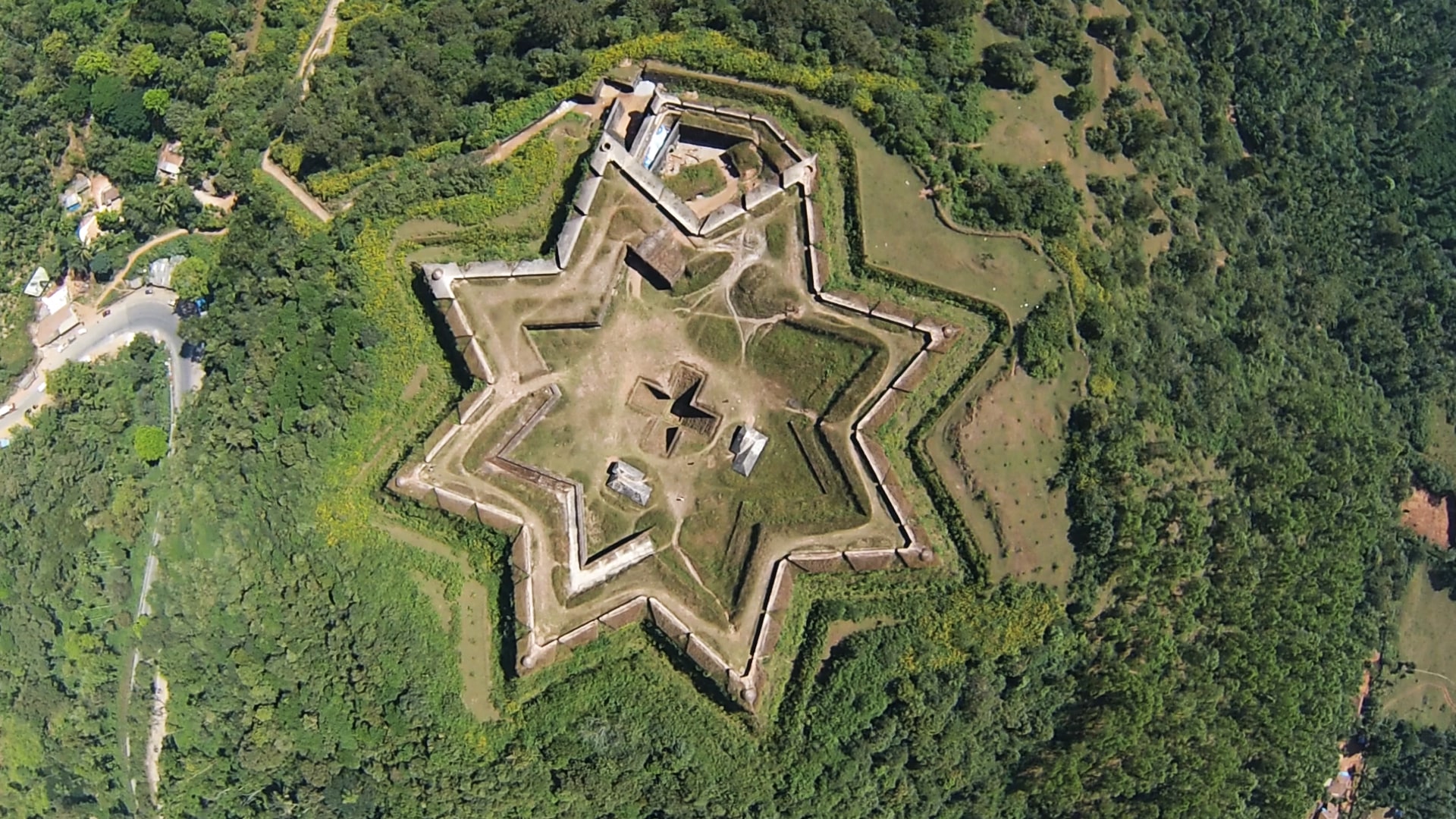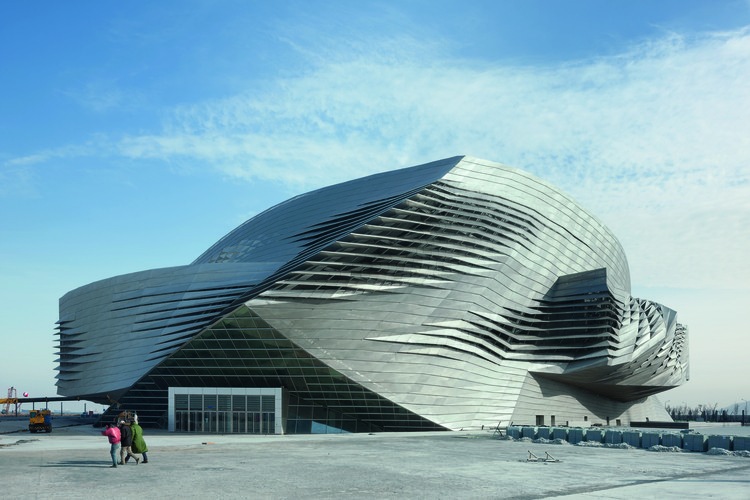Otherwise known as Guerritore Castle, it overlooks the inhabited center and it is one of the typical baronial castles of the South: built on a compact calcareous rock, it has a vaguely trapezoidal shape and its plan reminds us of a castrense design widely acknowledged in the late Norman fortification, that is a tendentially circocentric enclosure. In the absence of stratigraphic data deducible from an archaeological survey, we can only assume that the new Renaissance fortification has used ancient structures or at least the type mentioned above. The first certain date of the medieval period is 1114, when S. Maria de Foris, a hamlet of Oliveto, was given to the archbishop of Conza by Count Guaimario of Giffoni. From 1600 to the end of 1700 it was therefore inhabited by the feudal lords who held Oliveto and therefore it still presents some windows, some of which are tompagnate, with seventeenth-century or at least late Renaissance stylistic features. Today a section of the building houses the Lucanian Archaeological Museum of the Upper Sele Valley which collects significant evidence of the so-called "Oliveto–Cairano" culture, close to "Fossakultur" or culture of the pit tombs – typical of the Iron Age. Particularly suggestive are the collections of female jewels coming from grave goods datable between the fifth and the sixth century B.C. exhibited here. Earrings, pendants, fibulae, necklaces, bracelets: objects of very fine workmanship and surprisingly contemporary taste.
